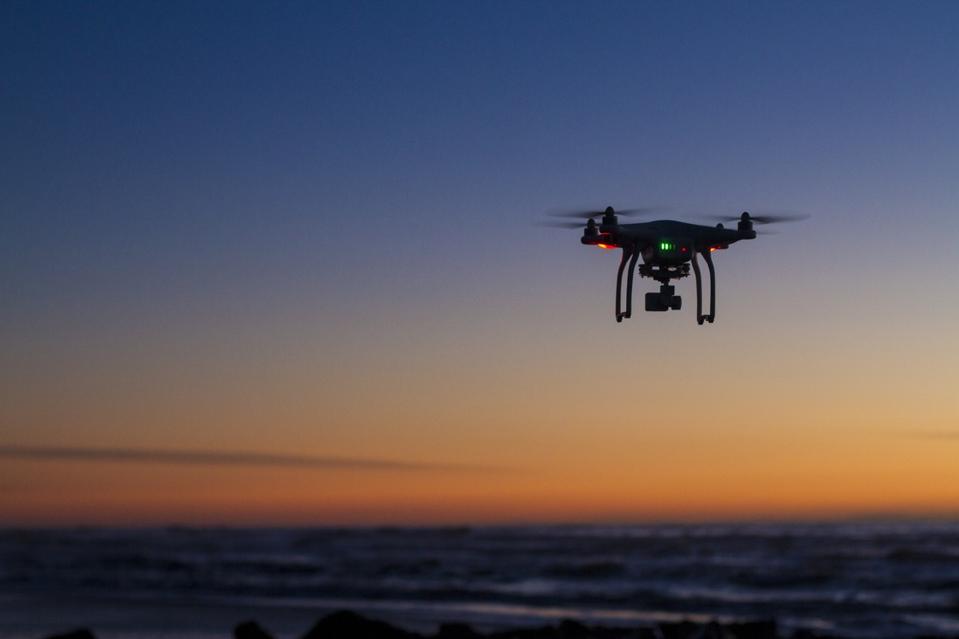In America, there’s always been this interesting interplay of the public and private sectors, and the military has played a central role.
We’re familiar with DARPA becoming the Internet, and other examples of military technology slowly making their way into the consumer sector.
So as we hear about all of these exciting new enterprise developments, what’s happening at the Department of Defense?
Equipping the Warrior
A recent presentation from Colonel Tucker Hamilton (Ret.) at Imagination in Action brought some of these realities to light.
Hamilton talked about the use of new technology for drones and aircraft, and really put this in a particular perspective.
Flying with AI
Describing how AI drove a U.S. military drone for the first time, he went over lists of what these military offices need – cyberlogistics, robotics, sensing, synchronization, multimodal data, etc.
“We need to be able to do multi-modal sensor data gathering, summarizing that information for humans and non-humans,” he said.
It sounded like he also coined a term when he talked about the “battlespace of things,” similar to the Internet of Things, but made for military systems.
Pain Points in DoD Development
Hamilton also evaluated four major challenges facing decision makers in the military environment.
The first one is education; the second, he said, is bureaucracy.
“We need senior leaders and our warfighters to understand the technology, but not on the cursory scale,” he said, suggesting that the military needs “mission designers” not just operators. “They need to understand more broadly.”
As for the onerous paperwork Hamilton refers to, there’s an appeal to cut through the red tape and get things moving.
“Instead of us celebrating the purpose of the bureaucracy, to which there is typically a purpose, we rigidly adhere to it, with no means of being agile,” he said.
The third barrier to advancement Hamilton mentioned is risk aversion, and the fourth is parochial services.
“Who is risk averse?” he asked rhetorically. “Well, our military leaders, they’ve incentivized poor behavior over years. They’ve surrounded themselves with digital immigrants. This is not necessarily bad, but … that becomes an echo chamber. They don’t understand the technology. They don’t know how to adopt, and the people around them also don’t understand and how to adopt it.”
He talked about the “OODA loop,” observe, orient, decide and act, and said a nation not practicing this will be left behind eventually.
As for the threat of parochial approaches, Hamilton appealed to the idea that interoperability is key.
“The Department of the Army, Navy and Air Force are great at creating 1000 blooming flowers,” he said, “their own disparate technology that doesn’t communicate and interoperate with one another. And that’s not what we need. That’s not what our warfighter needs. It’s not what the battle space is going to require in the future.”
Working Together
Previously, Hamilton has experience as the director of an MIT Accelerator project, which he said gave him some insight on how these things can work.
Again, he promoted the principle of interoperability.
“Don’t vendor-lock the government,” he said, speaking to private enterprise and its contributions.
Those same ideas, he seemed to indicate, apply to international efforts, too.
In response to questions about geopolitical competition, Hamilton opined that America is leading in LLMs, but not in computer vision.
Later, he talked about sitting across from the Chinese in international talks on AI.
On the Same Page
In general, he said, representatives of different countries have some of the same concerns when it comes to AI.
This part of the presentation was absolutely fascinating to me because of the reality that we need to have a global approach to containing AI.
It’s not just a race for AI as adversaries – it’s a collective venture as humans and this is something that B. seem to grasp deeply and profoundly as he suggested.
“When we sit across the table from the Chinese delegation,” he said, citing his experience wigth the Brookings Institute as a participant in high-level international talks, “we share a lot of the same concerns and a lot of the same views. We don’t talk about our specific capability, but … we need to celebrate those type of relationships, we need to collaborate at those type of levels, because that is how we’re going to be successful with the broader adoption of AI throughout our society.”
Addressing domestic needs, he spoke to startups and investors:
“I think we get so enamored and lured by like this huge, 100 million dollar aircraft, for instance, when smaller things will make it work, right?” he said. “So (people need to be) focused on making it work at the small level, which is going to allow us to scale and be more effective at the larger level.”
My takeaway – let’s keep thinking about those collaborations, in order to make sure that we harness AI the right way, and not get lost in trying to outdo each other militarily when it comes to flying aircraft.

